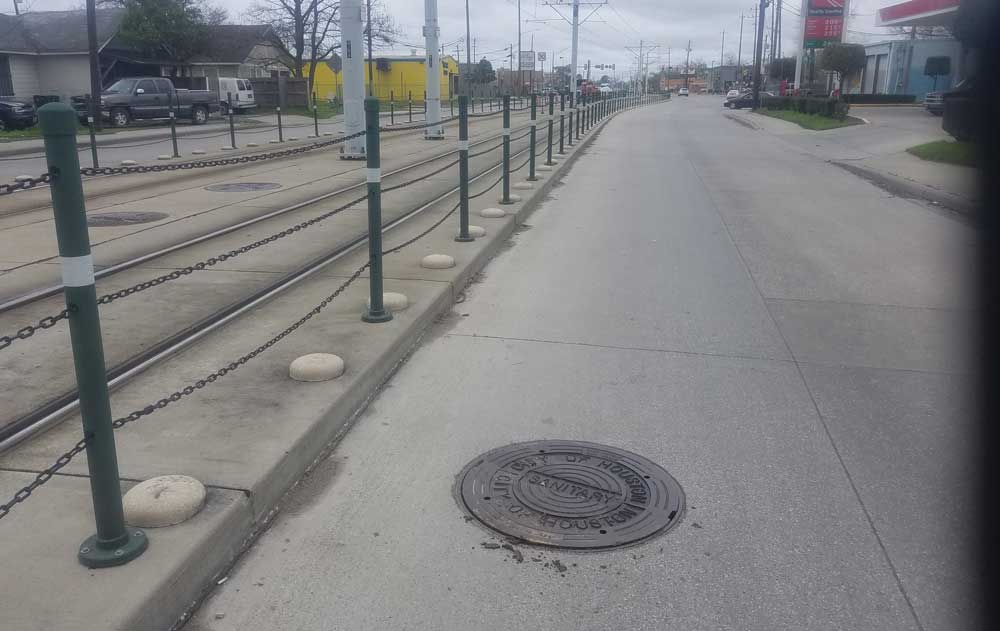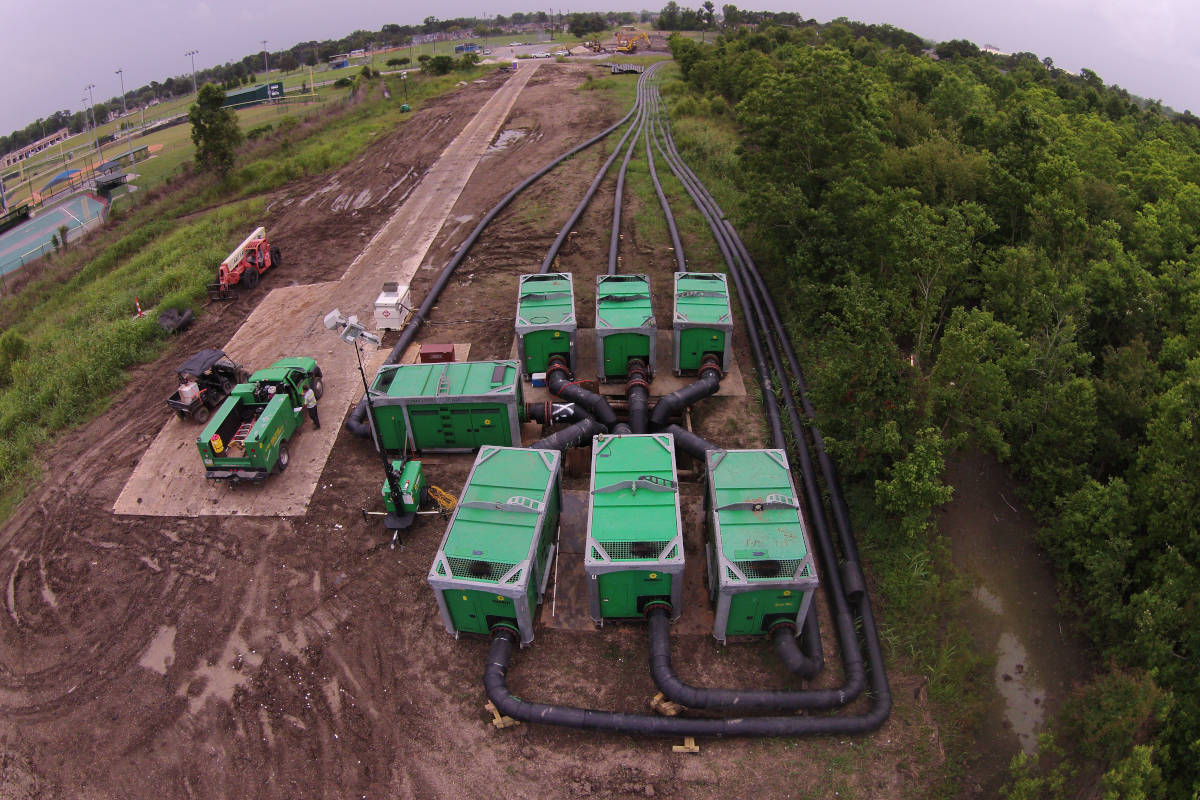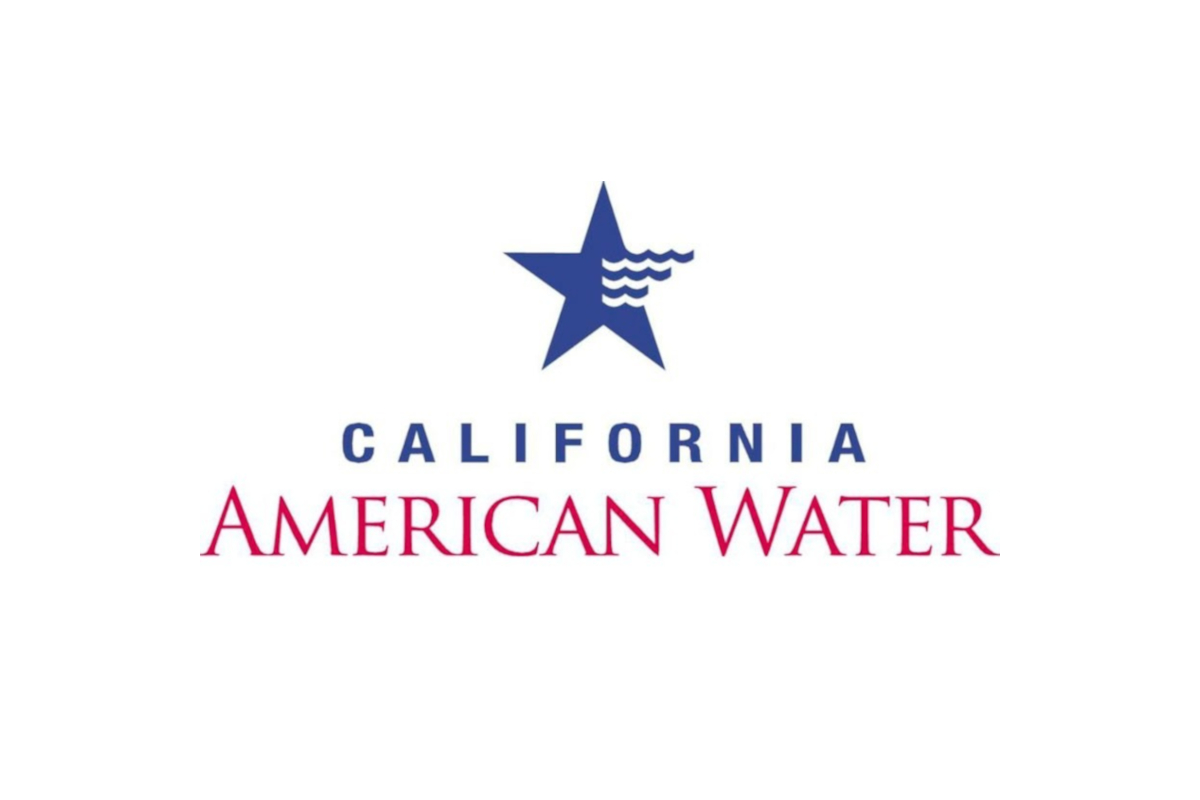
2022 Trenchless Technology Project of the Year Rehab Winner – Houston 60-in. Sanitary Sewer Spin Cast Lining
Like many of North America’s long-established metropolitan centers, the City of Houston is engaged in actively combatting its aging infrastructure problems.
The City has also been a longstanding proponent of using trenchless technologies in that fight, when applicable. That should be no surprise, as Houston is the fourth most populous city in the United States and bustles with nonstop activity day and night; open-cut construction methods would wreak havoc on this.
Houston’s wastewater system is one of the largest and most complex in the nation with more than 34.3 million lf of sanitary sewers, 129,000 sanitary manholes, 383 lift stations, and 39 wastewater treatment plants.
On April 1, 2021, the U.S. District Court for the Southern District of Texas approved a consent decree between the City of Houston, the United States Environmental Protection Agency (EPA) and the State of Texas to improve Houston’s wastewater system.
“One of the reasons for these numbers is that Houston is a flat city and after you go a certain amount of linear feet you need to lift the sewers and you need to add more treatment plants,” says David Tajadod P.E., managing engineer, Houston Water, Wastewater Operations Branch. “We need to complete close to 800,000 lf of rehabilitation and 6 million lf of cleaning and televising a year, for the first two years [of the consent decree].”
Though the consent decree was approved in 2021, the City was working well ahead of that – frequently using trenchless methods – to make sure it is proactive in its care of the vast underground network of pipes.
RELATED: Locating and Repairing Critical Leaks after Freezing Weather in Houston
“Houston adopted trenchless [methods] in the early 1980s and I’ve been working in this sector since the mid-1980s. Even for our smaller pipes, we do trenchless,” says Tajadod. “As far as trenchless technologies go, I believe we are and have been, one of the leading cities in the United States.”
One of those sections that was a known area of concern before the consent decree was finalized was a 60-in. reinforced concrete pipe (RCP) installed in the mid-1950s. If the pipe were to fail, it would be a blow to the City.
It’s that proactive thinking to inspect and rehabilitate a 2.8-mile stretch of this concrete pipe under the heavily traveled METRORail Red Line, without disrupting rail and road traffic – as well as the schools, businesses and residences – that earned the Houston 60-in. Sanitary Sewer Spin Cast Lining project the 2022 Trenchless Technology Project of the Year for Rehabilitation.
Keeping Things on Track
As with any big city that operates on a nearly non-stop activity cycle, Houston relies on a robust mass transit system – operated by METRO – to help people navigate the region. METRORail is the entity’s light rail service, and its 13-mile Red Line carries approximately 48,000 passengers daily, making it one of the nation’s most traveled lines based on boardings per track mile. The Red Line was expanded in December 2013, offering rail service from the Northline Transit Center/HCC to Fannin South and numerous points in between. Stops include downtown, the Museum District, the Texas Medical Center and NRG Park.
During this expansion, a portion of the line running along Fulton Street was laid above this critical 60-in. sanitary sewer. Based on this layout, those within the City of Houston Department of Public Works Wastewater Operations Division knew this was a critical section of pipe it had to keep an eye on. Any major problems would need to be addressed immediately to avoid any nightmare scenarios involving the light rail line.
“In 2013, we had some information that the pipe would be a major concern because of the high probability of failure and high consequence of failure,” says Raghavender “Ragu” Nednur, P. E., managing engineer, Houston Water, Wastewater Operations Branch. “We put it on our list of things to do and we have been issuing work on it since 2018.”
In 2018, as part of the City’s extensive clean, inspect, assess and repair plan for its sanitary sewer system, it identified that a 2.8-mile stretch of RCP sanitary sewer was suffering from severe inflow and infiltration (I&I) and had a high likelihood of failure, due to years of corrosion.
However, any excavation or access requirements would not only shut down the rail line but also negatively impact businesses, schools, commuters and residents. In addition to the safety concern because of the existing sanitary sewer condition and the need for renewal without closing Fulton Street or METRORail, the work had to be expedited to meet the regulatory commitments of the consent decree.
RELATED: Geopolymer Pipe Rehab Keeps Major City Running Without Street, Rail Interruptions
“Open cut was not possible. I do not say impossible, but our 60-in. trunk line sewer is directly below the METRORail rail. The only way we could do an excavation would be to remove the tracks and paralyze a portion of the city. Nobody wanted that,” says Tajadod.
He went on to note that the impact – of extracting a pipe of this size — would be disruptive to more than just METRORail commuters. “It blocks the entire road impacting the traffic along Fulton Street and that’s not going to be possible,” he says. “In addition to that, excavating a large-diameter pipe from manhole to manhole is not cost-effective. The cost for that is enormous.”
He adds, “In my 32 years with the City of Houston, I’ve never seen that [type of construction] and most likely I’ll never see that. That is in Houston’s past.”

Evaluating the Trenchless Options
The City evaluated multiple options for rehabilitation and selected spin-cast geopolymer lining because of site restrictions – namely the offset manholes installed when the rail line was installed. Because the manholes are offset, it makes methods likes cured-in-place pipe (CIPP) more difficult and more costly. Similarly, sliplining is out because of the potential disruptions to the METRORail line.
“When they laid the METRORail, the sanitary sewers needed offset manholes, so there is no direct access for the line from the manhole, so you have to carry the spin cast equipment through the manhole,” says Nednur. “The other widely used method, cured-in-place pipe, was not feasible because of that.”
The repair project was divided into phases and the project was issued to the Vortex Companies, which had an existing Quadex Lining System (QLS) contract with the city.
“The work order contracts we have were competitively bid and won each year by Vortex Companies,” says Nednur. “We have experience with the expertise of the personnel [Quadex and Vortex Companies] and they have a clear understanding of our needs.”
For the project, Vortex Companies used Quadex GeoKrete geopolymer. The work included cleaning, extensive patching and repairing the sewer line cracks, voids and offset joints. The contractor spray-applied GeoKrete to non-round areas and obstructions and spin-cast the geopolymer to a 1.5-in. design thickness throughout the pipe.
Pursuant to the successful completion of the initial 5,700 lf in the first phase, an additional work order for approximately 4,300 lf of work was issued. A final work order for approximately 4,700 lf wrapped up in 2022. The work also included the rehabilitation of 40 manholes using the Geokrete product.
The contractor’s approach, despite difficult site conditions, safely and cost-effectively delivered a fully structural and rehabilitated corrosion-resistant pipe, restored offset manholes and eliminated severe I&I, without interrupting traffic or light rail service.
The geopolymer relining system, unlike CIPP, is extremely versatile in how it can be applied. On this project, it was spin cast, spray-applied and even troweled on to achieve maximum coverage. When cured, it leaves a fully structural, extremely corrosion-resistant, monolithic lining. The equipment designed to apply this technology requires a smaller construction and carbon footprint above ground, which means it’s far less disruptive the surface level and minimizes any negative impact to commuters, businesses, schools and residences.
As with any relining project – especially larger diameters – bypassing is necessary and can take up a large chunk of a project’s budget. The Vortex bypass system helped reduce the project cost and made it easier to complete the job quickly.
According to Tajadod, an innovative, internal bypass system was designed by Vortex that allowed for the wastewater to remain in flow during the entire operation. By doing this, traditional bypass, which is above ground and would have obstructed street crossings and METRORail tracks, was completely avoided. This allowed the streets to remain open and more importantly, all METRORail lines fully operations, minimizing commuter and business disruptions. School access was unaffected as well.
While all phases of construction went smoothly – even during the height of the COVID-19 pandemic – one challenge crews faced had to do with the temperature and most of the work happening in the summer months.
“One challenge with this spin cast project is that it happened in the summertime. Because of the heat in Houston, when they applied the material, it needed to be pumped from the surface to where they were working,” says Tajadod. “The ambient temperature for the product should be in the 70s. Imagine if it is 90-plus degrees outside. The contractor had to run the Geokrete through a cooling system to lower the temperature otherwise it would clog in the hose.”

Collaboration Is Key
As with any major capital improvement project, this project benefitted from the cooperation between government and private entities. In this case, a high level of communication and collaboration between the Texas Department of Transportation, METRO, the Houston Independent School District, several homeowner’s associations and various departments within the City of Houston.
Each had its own legitimate concerns, ranging from potential loss of business to children’s safety. However, they were all unified for the need for the sewer system upgrade and thankful for the City’s concern and attention to each entity’s operations. From the City’s point of view, never has there been this level of cross-entity cooperation and collaboration, which was so critical to this project’s success.
“When you fix the pipe, it eliminates the likelihood of future problems like sinkholes. We told people the overall benefit to the city, which in turn is a benefit to them, because it avoids long-term safety impacts,” says Nednur. “We also shared the health and safety issues that would be avoided by structural rehab and having effective operations and maintenance of the wastewater collection system.”
Project Owner: City of Houston
Engineer: Houston Public Works and the City of Houston
Contractor: Quadex Lining Systems and Vortex Companies LLC
Value of Trenchless Project (US$): $6.3 Million
Mike Kezdi is the managing editor of Trenchless Technology.




